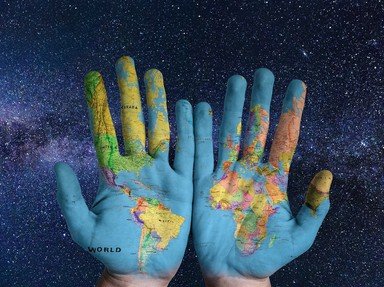Quiz Answer Key and Fun Facts
1. One of the more successful emigrants to the U.S.A. was Karel Van Depoele, who died - from overwork - at the age of 46 in Lynn, Massachusetts. His contribution to progress had been the invention of _____________.
2. Tramways were a Belgian speciality somehow and even the building of the Parisian metro was due to the initiative of a Belgian promoter. Who was he?
3. The popular holiday-travel company, "Club Mediterrannée," may have a frivolous "French" image of cocktails and pretty girls.Yet it was founded by a Belgian Jew from Antwerp, who as a young man had been a successful swimming champion and had won various Olympic medals. His name?
4. It may sound surprising, but there was also a Belgian involved in the invention of the internal combustion engine. Which of these had already in 1863 designed a road vehicle that was fitted out with such an engine?
5. After seeing the achievements of the Pullmann brothers in the U.S.A., Georges Nagelmaekers, a 27-year old Liegeois, created the "Compagnie Internationale des Wagons Lits." What were the official colours of this company as used for their sleeping-cars?
6. The Express d' Orient was the most famous railway train that was ever conceived by Nagelmaekers. It soon changed its name into Orient Express. When it departed for the first time the route still comprised a boat transfer. Its terminus was Istanbul. What was its station of departure?
7. Which of these was the Flemish doctor who in the 1720s presented before the Parisian local Academy a fairly new model of forceps that was to facilitate the delivering of babies?
8. Which of these was, till the Swede, Linnaeus, published his standard works on botany, the main authority in the study of herbs and plants?
9. The first chemist to use coal-gas for the making of balloons was Jan Baptist van Helmont (Brussels 1577-1644).
10. Surprising but true, the concept of the World Wide Web was a Belgo-British invention. A researcher of the European Nuclear Research Centre at Geneva cooperated on this idea with Oxford graduate Tim Berners-Lee. They also developed the concept of URL and of HTML (Hypertext Transfer Markup Language) as a very simple solution for transfer of texts and images. Another achievement of theirs was the first browser. Who was this ingenious Belgian?
Source: Author
flem-ish
This quiz was reviewed by FunTrivia editor
Lanni before going online.
Any errors found in FunTrivia content are routinely corrected through our feedback system.
